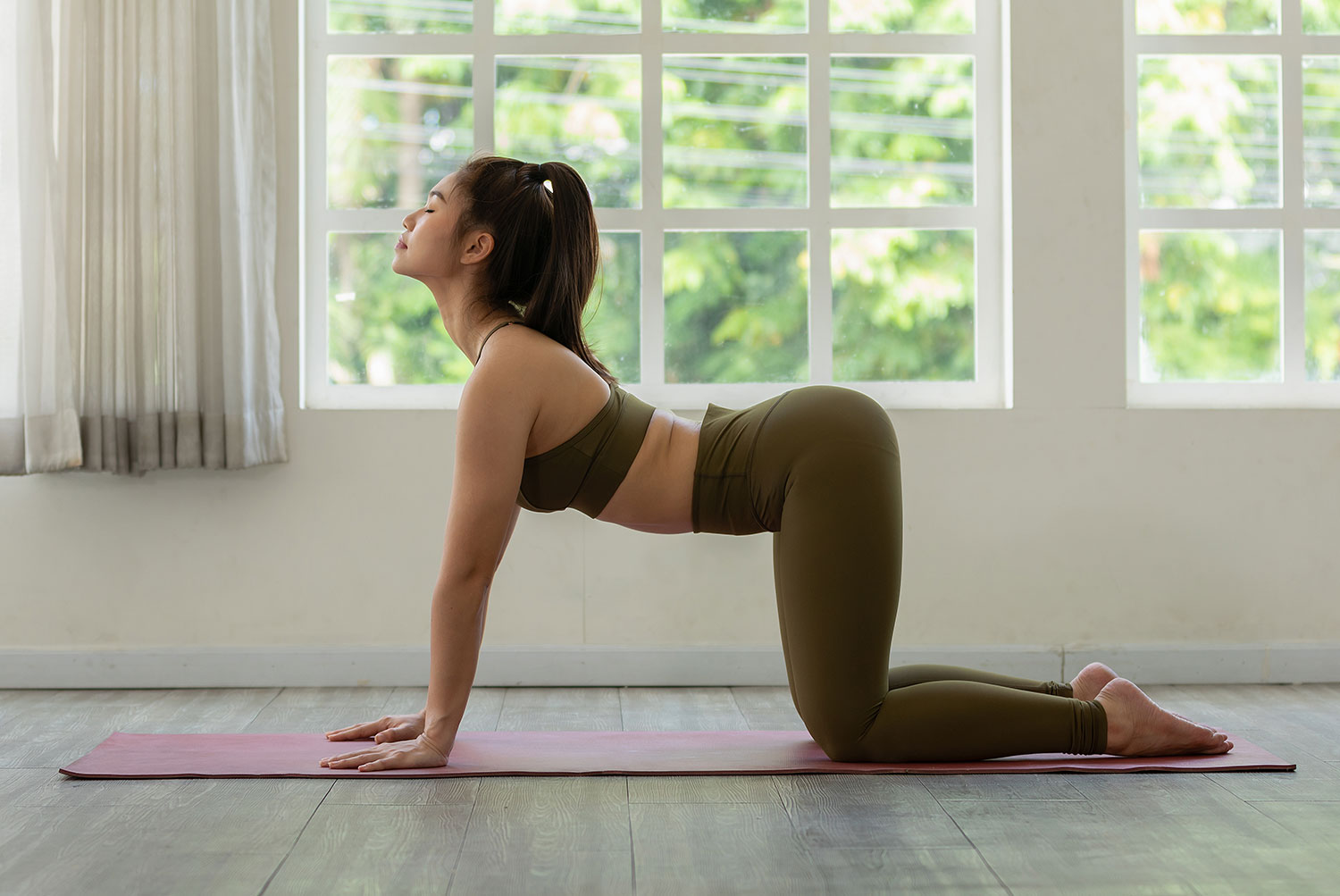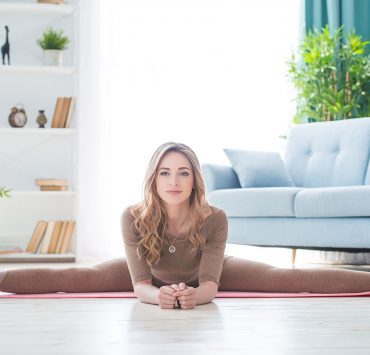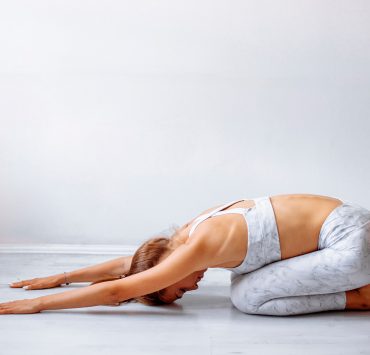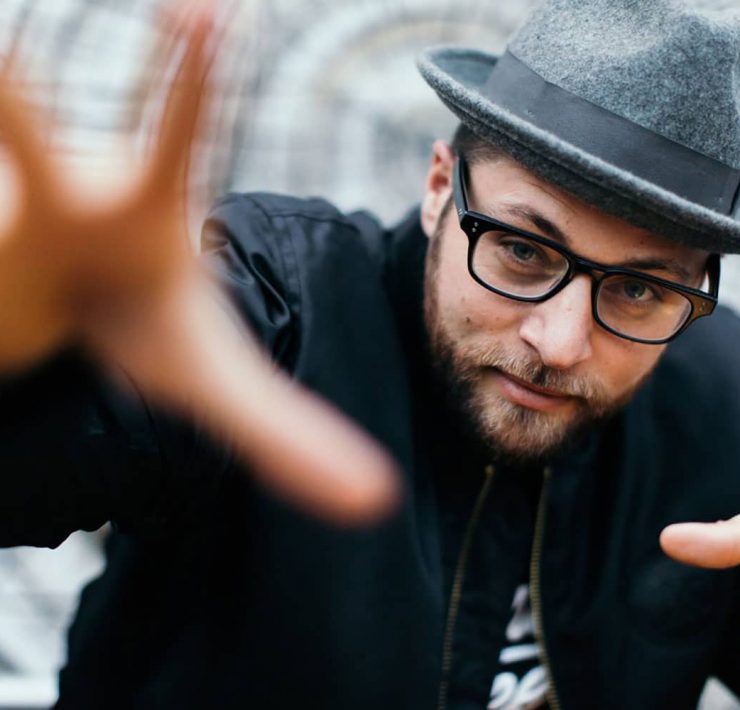
Susan views the world through a lens of spirituality, health,…
Spinal health is vital for long-lasting quality of life and overall health. In a yoga asana practice, many poses and vinyasa sequences target all planes and range of motion of the spine. One of the most basic and foundational of these vinyasa pairings are what are fondly called Cat and Cow Stretches or simply shortened as Cat-Cows.
What are Cat-Cows?

Bitilasana, or Cow Pose, and Marjaryasana, also known as Cat Pose, are two yoga asanas, or postures, which focus on the forward and back arching of the spine.
Some yoga schools will call it Chakravakasana. Most modern, English-speaking yoga teachers simply call them Cat-Cows, based on their traditional Sanskrit Names.
Bitilasana is name after the cow because in the pose, the spine is in a concave arch, allowing the belly to relax and shoulders to roll together. The pose is thought to resemble a female cow with her udder.
Marjaryasana, on the other hand, is named after a cat because with the spine in an arch, forming a dome shape, the body begins to resemble a cat’s flexible spine. Think of halloween decorations with black cats all arched and spooked.
Benefits of Cat-Cows

Cat-Cow vinyasas allow a gentle way to warm up and introduce movement to the spine. It also allows awareness of moving and flowing through each of the two poses with each inhalation and exhalation. This allows the body to begin synchronizing the movement with the breath, turning the simple set of poses into a moving meditation.
Aside from the benefits of keeping a healthy and mobile spine, Cat and Cow poses done as a vinyasa sequence is also believe to help massage the internal organs, aid in digestions, and start an internal energetic fire to fuel you for the rest of the yoga class.
They are a great way to begin warming up the core in preparation for poses that will target and strengthen the abdominal area.
Traditional Beliefs about Cat-Cows

These poses practiced in sequence as a pair are believed to keep the spine healthy, and activate the pancreas, adrenal glands, and keep the reproductive organs healthy. It is also believed to keep better energetic and blood flow throughout the body, improves balance, keeps the joints supple, and even helps to cure obesity!
Who Should Not Practice Cat-Cows

Those who have spinal injuries luke a slipped or herniated disc or who have lower back pain should modify the way they practice Cat-Cow pose or even skip this part of the yoga class altogether.
Those with shoulder or wrist problem areas should also carefully observe the limitations of their body because staying for an extended period of time on all fours in a tabletop position may put unnecessary stress and pressure which will make any existing injury, no matter how minor, even worse.
When to Use Cat-Cows in a Yoga Class?

Cat-Cows are usually placed towards the beginning of a yoga class as a gentle to to begin introducing movement into the body. It also helps you to get in touch with your breath and begin to start moving in synch with your breath as you transition from one pose to another.
Often times, yoga teachers will begin with Cat-Cow exercises and then transition into some core work, then into Adho Mukha Svanasana (Downward Facing Dog pose) and into a Surya Namaskar (Sun Salutation) vinyasa sequence.
How to Practice Cat-Cows

Although Cat-Cows may look easy — and in fact are quite simple, just like any yoga posture, it benefits to know good habits like proper alignments, breathing, and which muscles to engage or relax in the poses and vinyasa sequence.
Proper set-up and foundation
Start by positioning your body on all fours in a tabletop position. Your hands should be as wide as and directly under your shoulders with a micro-bend in your elbows, especially if you have hyperextended joints.
You knees should be as wide as and directly underneath your hip bones so that you form a box underneath your belly with your limbs.
Your toes may be tucked in or untucked depending on your personal stability and anatomy.
Breath
As with most yoga classes, begin practicing inhales and exhales with a ratio of 1:2. Meaning, inhale for 1 count and exhale for twice as long. Or if you inhale for five counts, exhale for ten counts, and so one.
If you have an ujjayi breathing practice, it will help to focus your awareness on your breath, your body, and the present moment. Ujjayi pranayama simply means to breathe with sound. The easiest way to explain it is to make a sound like Darth Vader when you breathe in and out through the nose and with your mouth closed. Feel a slight constriction at the back or your throat to engage that bandha or lock.
Spinal movement
In Bitilasana, or Cow Pose, your spine is arched downwards with your tailbone pointing up to the sky, your belly soft and relaxed, shoulders rolled together but away from the ears, and your eyes either looking forward or slightly upwards to continue the arch in the cervical spine without compressing and stressing the delicate neck vertebrae.
Marjaryasana, or Cat ppse, is practiced with your spine arched upwards in the opposite sense of Cow pose. Your tailbone will point downwards towards the ground, pull in your navel into your stomach as if your belly wants to reach your spine. Feel like your heart us also pulling in towards the back of your body and push the floor away from you evenly with both palms.
Cat-Cows Step-by-Step

Check your form
Always start with proper alignment as detailed previously with your hands below your shoulders and knees below your wrists. Stay here for a few breaths with a neutral spine — meaning, not bent, twisted, or arched in any way. And focus on your breath. Use this foundation to internally svan yourself for any blockages or tension, and where in your body you feel energized and flowong.
Inhale
On your inhale, initiate the movement starting with your tailbone pointing up to the sky. Synchronizing with your breath as much as possible, visualize the life force energy, or prana, entering your body, and allowing your vertebrae to begin moving one by one. When you get to your chest area, imagine a light rope pulling your heart forward, opening up your chest and allowing your shoulders to roll together at your back and down away from your ears. Feel the extension created in your neck.
Exhale
On your exhale, again, begin the movement from your tailbone. Point it downwards and, flowing with the breath, arch your spine up until you create a dome shape with your back.
Repeat
Repeat these movements in a simple vinyasa sequence where each breath initiates each movement. Be mindful in these repetitions, paying attention to move as slowly or as quickly as the length of your own breath cycle.
Variations of Cat-Cow
Although Cat-Cows are traditionally practiced on all fours, you can also get the same benefits of these spinal movements in other positions too. These are especially good to explore if you have restrictions in movement such as sore wrists or bad knees which will prevent you from putting to much weight on particular joints.
Cat-Cows in Sukhasana

Sukhasana is Easy Seated Pose, which simply means to sit cross legged or in any way that is comfortable in your body. Still following the same pattern of flowing with your breath and moving vertebrae by vertebrae, keep your hands on your knees for support and arch your spine forward and back as you inhale and exhale.
You may even do these movements while seated in a chair or in an airplane seat for some easy airplane yoga.
Cat-Cows with other Spinal Movements

Either staying in traditional all-fours or tabletop position, or modifying by sitting in a comfortable position, explore more spinal movements outside of the forward and back arching. Try stretching your torso from side to side, twisting, or even rotating your hips a bit. Try moving just your shoulders or just your lower back… Feel free to explore all the motions that your spine can do and use the initial Cat-cows as merely a starting off point.
Conclusion

Although it’s not widely known in it’s Sanskrit name, Chakravakasana, it can be very helpful to remember that the movement of Cat-Cow stretches goes through each chakra, beginning at the base of the spine and up each energetic convergence point until the very crown of the head.
Treat these stretches as a moving meditation that will keep your spine, hips, shoulders wrists, and neck healthy, and will also allow you to focus on your breath. The flowing movement from one pose to the other will help to massage your internal organs and keep your digestive track flowing for easy and regular elimination.
Starting a vinyasa yoga class with Cat and Cow stretches will help to gently byiod up the body for more complex movements as the class progresses.
What's Your Reaction?
Susan views the world through a lens of spirituality, health, and compassion. Her positive outlook on life shines through her writing, which is heavily focused on yogic living, meditation, and conscious eating.














